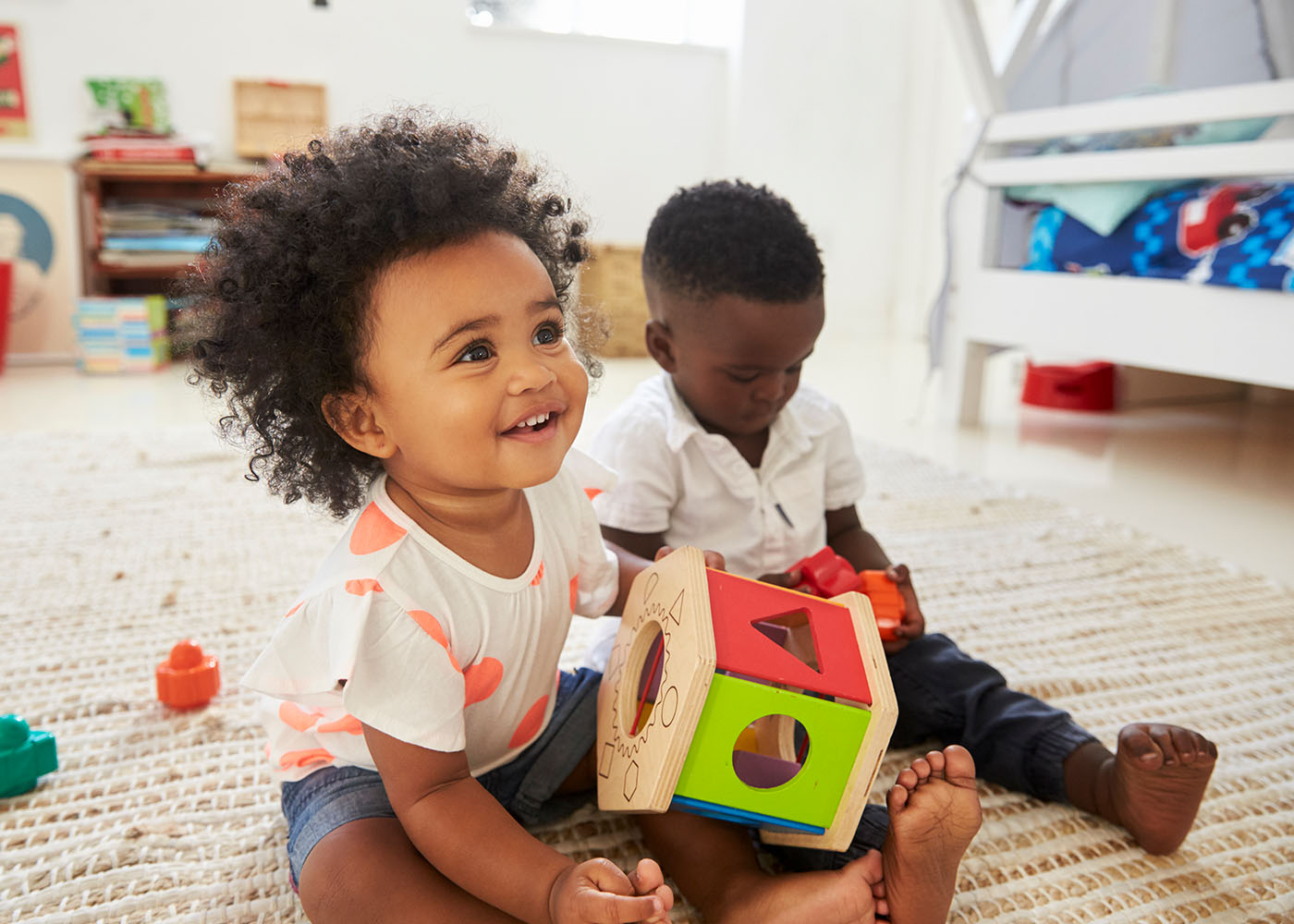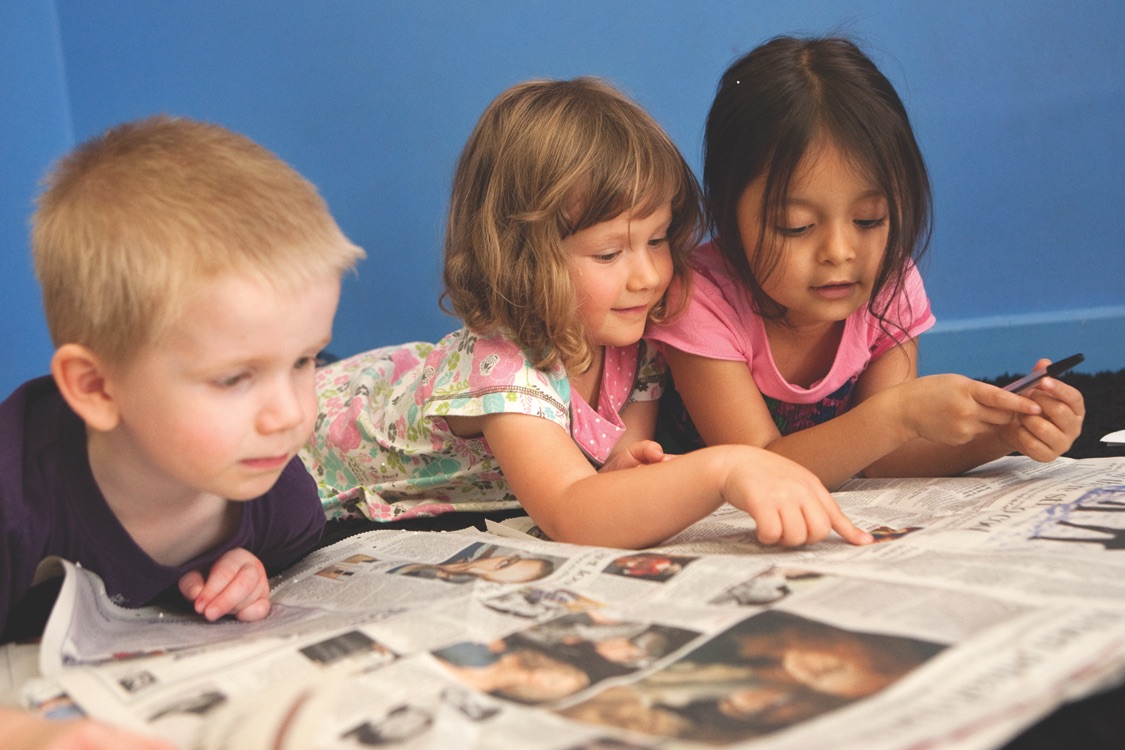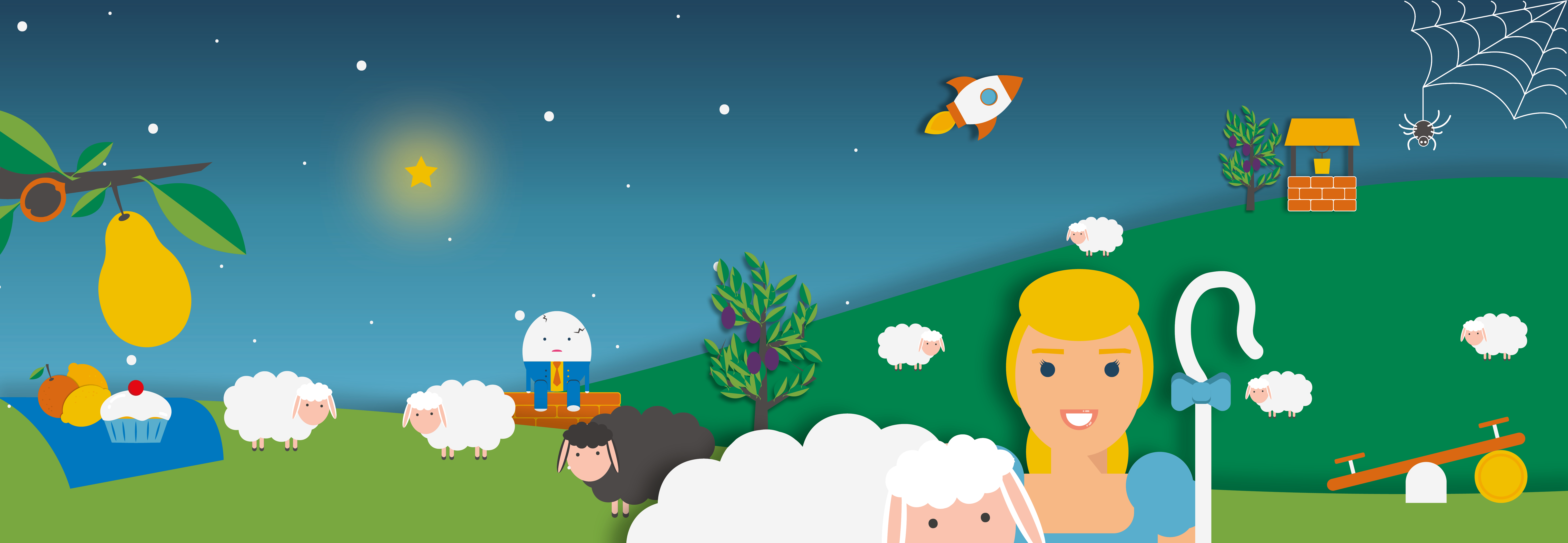
Family Resources
Take a look at our wide range of parenting resources, including fun activities, book reviews, nursery rhymes, recipes, blogs, and podcasts.
Whether you’re looking for parenting advice or some support navigating the work and family juggle, we're here to help.













